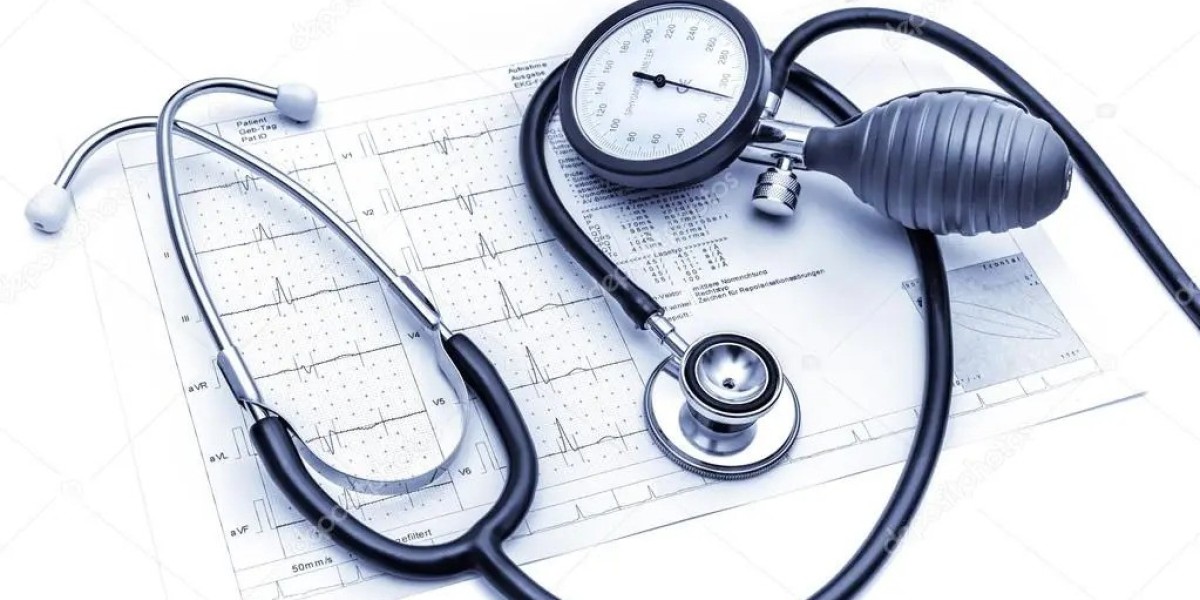Investing in high-quality hospital equipment is essential for providing excellent patient care and maintaining a competitive edge in the healthcare industry. However, acquiring advanced medical technologies and state-of-the-art Hospital Equipment can place a significant financial burden on healthcare facilities, particularly for smaller hospitals and clinics. Balancing the need for top-tier equipment with budget constraints can be challenging, but with the right strategies, healthcare providers can make cost-effective decisions that ensure quality without exceeding financial limits.
In this article, we’ll explore how healthcare administrators can budget for high-quality hospital equipment without breaking the bank by leveraging smart purchasing strategies, exploring financing options, and making informed decisions that align with both patient needs and financial goals.
1. Assess Equipment Needs Based on Clinical Priorities
Before making any equipment purchase, it’s important to conduct a thorough assessment of the hospital’s needs. Understanding the types of equipment that are essential for your facility's day-to-day operations is the first step in creating a realistic and sustainable budget.
Start by identifying the areas where high-quality equipment is most critical to patient care. For example, emergency departments, operating rooms, and intensive care units may require cutting-edge machines like ventilators, defibrillators, and imaging devices. On the other hand, non-critical departments may not need the most advanced equipment immediately.
Working with department heads and clinicians, create a list of necessary equipment based on clinical needs and priorities. This will help prevent unnecessary spending on items that may not be essential for immediate operations. By focusing your budget on key areas, you can allocate resources effectively and avoid overspending on equipment that won’t significantly impact patient outcomes.
2. Prioritize Equipment with a High Return on Investment (ROI)
When budgeting for hospital equipment, it’s important to consider the long-term return on investment (ROI) of each purchase. High-quality equipment often comes with a higher upfront cost, but it can provide substantial savings over time through increased efficiency, improved patient care, and reduced maintenance expenses.
For example, investing in an advanced diagnostic imaging machine may be expensive initially, but it could lead to faster and more accurate diagnoses, which in turn improves patient outcomes and reduces the length of hospital stays. This can ultimately result in cost savings by decreasing the need for repeated tests or extended treatments.
To maximize ROI, prioritize equipment that will have a direct impact on the hospital’s revenue generation, patient care quality, and operational efficiency. Consider the equipment’s lifespan, maintenance costs, and potential to increase throughput or reduce complications. By selecting equipment that delivers long-term value, you can justify the higher upfront costs and stretch your budget further.
3. Consider Leasing and Financing Options
One of the most effective ways to acquire high-quality hospital equipment without placing an overwhelming strain on your budget is by exploring leasing or financing options. Many healthcare providers opt to lease medical equipment instead of purchasing it outright. Leasing allows hospitals to access the latest technologies without the hefty upfront costs, spreading the payments over a fixed period.
Leasing has several advantages:
Lower upfront costs: By leasing, you can acquire essential equipment without draining your capital reserves. This is especially beneficial for hospitals with limited cash flow.
Access to the latest technology: Leasing gives healthcare facilities the flexibility to upgrade equipment when the lease term ends, ensuring that they can always access the most up-to-date technologies.
Predictable budgeting: Leasing offers fixed monthly payments, making it easier to forecast expenses and maintain a consistent budget.
Alternatively, if purchasing equipment is preferred, consider financing options. Many equipment manufacturers and financial institutions offer financing plans that allow hospitals to spread the cost of expensive equipment over several years. This can ease the financial burden while allowing immediate access to necessary technology.
4. Explore Government Grants and Incentives
Government programs and grants can provide a significant financial boost to hospitals looking to invest in high-quality equipment. Many countries offer funding or tax incentives to healthcare providers as part of broader initiatives to improve public health services or encourage the adoption of advanced technologies.
For example, in the United States, the Health Resources and Services Administration (HRSA) provides grants to hospitals in rural and underserved areas to help them acquire modern medical equipment. Similarly, programs such as the Hospital Equipment Replacement Program (HERP) can assist in offsetting the costs of critical equipment purchases.
Research the government grants and incentive programs available in your region to determine whether your facility qualifies for funding assistance. Applying for these programs can help reduce the financial burden of purchasing new equipment, allowing you to stretch your budget without compromising on quality.
5. Buy Refurbished or Certified Pre-Owned Equipment
Purchasing refurbished or certified pre-owned (CPO) equipment can be an excellent way to acquire high-quality hospital equipment at a fraction of the cost. Many healthcare facilities, particularly those with smaller budgets, opt for refurbished machines to save money while still meeting clinical needs.
Refurbished equipment typically includes items that have been returned, serviced, and certified by the manufacturer or third-party vendor to meet original specifications. Reputable vendors often offer warranties and maintenance agreements on refurbished equipment, ensuring that it remains functional and reliable.
It’s important to thoroughly vet suppliers of refurbished equipment and ensure that they follow rigorous testing and certification processes. By purchasing from trusted sources, hospitals can acquire high-quality machines that perform similarly to new ones, without paying full price.
6. Collaborate with Group Purchasing Organizations (GPOs)
Group Purchasing Organizations (GPOs) allow healthcare facilities to pool their purchasing power to obtain discounts on medical equipment. GPOs negotiate contracts with manufacturers and vendors on behalf of multiple hospitals, enabling members to access bulk pricing and favorable terms that wouldn’t be available to individual buyers.
By joining a GPO, hospitals can save a significant amount on the purchase of new equipment while maintaining access to high-quality brands and products. GPOs often have established relationships with manufacturers, ensuring that their members receive competitive pricing and ongoing support for their purchases.
7. Consider Equipment Maintenance and Lifecycle Costs
When budgeting for hospital equipment, it’s crucial to consider the total cost of ownership (TCO), not just the initial purchase price. Maintenance, repairs, software upgrades, and eventual replacements all contribute to the overall cost of owning and operating medical equipment.
High-quality equipment may come with a higher upfront cost, but it often requires less maintenance and has a longer lifespan, reducing long-term expenses. Be sure to factor in the cost of maintenance contracts, warranty coverage, and software updates when making purchasing decisions.
Additionally, consider whether the equipment is compatible with existing hospital systems and workflows. Equipment that integrates seamlessly with current technologies may reduce training costs, avoid workflow disruptions, and provide a better overall return on investment.
8. Evaluate the Possibility of Shared or Multi-Use Equipment
Another cost-saving strategy is to invest in multi-use or shared equipment. Some medical devices can serve multiple functions across different departments, reducing the need to purchase separate machines for each area.
For example, an ultrasound machine that can be used in both the radiology department and the emergency room can save the hospital money while still providing necessary diagnostic capabilities in multiple contexts. Sharing resources between departments also improves utilization rates, ensuring that equipment is used to its full potential and delivering maximum value.
Conclusion
Budgeting for high-quality hospital equipment without breaking the bank requires a thoughtful, strategic approach. By assessing clinical priorities, exploring leasing or financing options, taking advantage of government grants, and considering refurbished equipment, healthcare facilities can stretch their budgets while maintaining high standards of patient care. Additionally, leveraging group purchasing organizations and focusing on total cost of ownership helps hospitals make cost-effective decisions that will benefit both their financial health and their patients.
With careful planning and a focus on long-term value, healthcare providers can acquire the best equipment to meet their needs, improve patient outcomes, and ensure financial sustainability.










